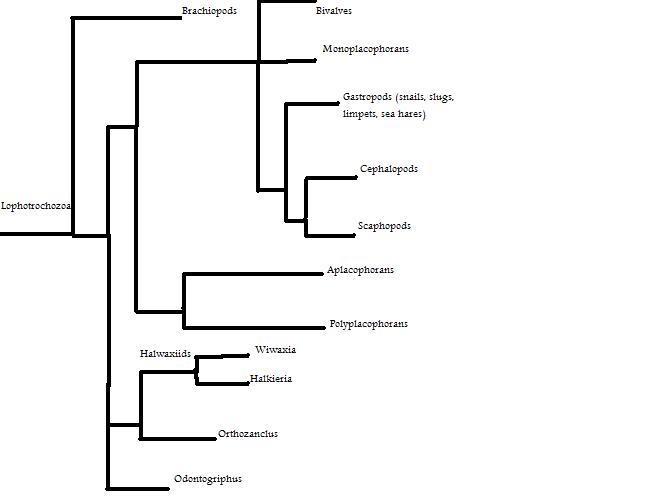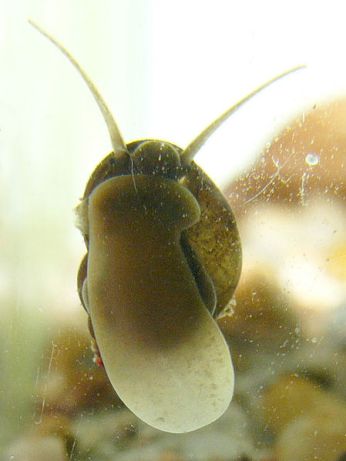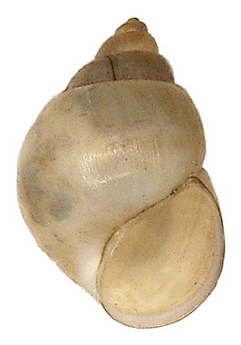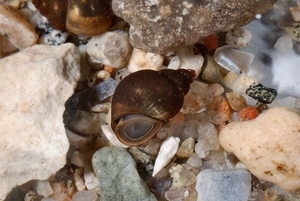
Classification
Domain – Eukarya- the cells of this organism
contain a nucleus and membrane-bound
organelles
Kingdom – Animalia- this organism is
multicellular, heterotrophic, and lacks cell walls allowing
it to be motile
Phylum - Mollusca- a diverse group of
invertebrates that have a mantle and contain classes
such as gastropods, cephalopods and bivalves, most of which (but
not all)
also have a radula and a muscular foot
Class - Gastropoda- the largest group of the
phylum Mollusca that contains the snails and
slugs as well as limpets and conchs; this group is very
morphologically
diverse but all have undergone torsion(a 180 degree twist of the
visceral
mass)
Subclass - Prosobranchia- a polyphyletic
group(so it is no longer used), but describes that
this class of snails has gills
Order - Mesogastropoda- a taxonomic group of
mostly marine but some freshwater snails
Family - Bithyniidae- this family of
snails, including Bithynia tentaculata, live in
freshwater,
breathe through gills and have a colored shell with an operculum
Genus - Bithynia
Species - Bithynia tentaculata
(Linnaeus, 1758)
This lineage located at: http://www.inhs.uiuc.edu/animals_plants/mollusk/ilmollusks.html
Another good site for taxonomic information is:


(Campbell, et al. 8th ed.)
This phylogenetic tree is based on molecular data from comparing ribosomal genes, Hox genes, protein-coding genes, and mitochondrial genes (Campbell, et al. 8th ed.). It shows the closest relatives of the phylum Mollusca are the other organisms in the clade Lophotrochozoa. This clade is based on the organisms having a lophophore (ciliated tentacles for feeding) or a trochophore larva stage (Campbell, et al. 8th ed.).
Photo
by
Udo Schmidt
![]()

This phylogenetic tree is based on fossilizable hard features and shows the relationship between the members of the phylum Mollusca.
Return to the Home page


